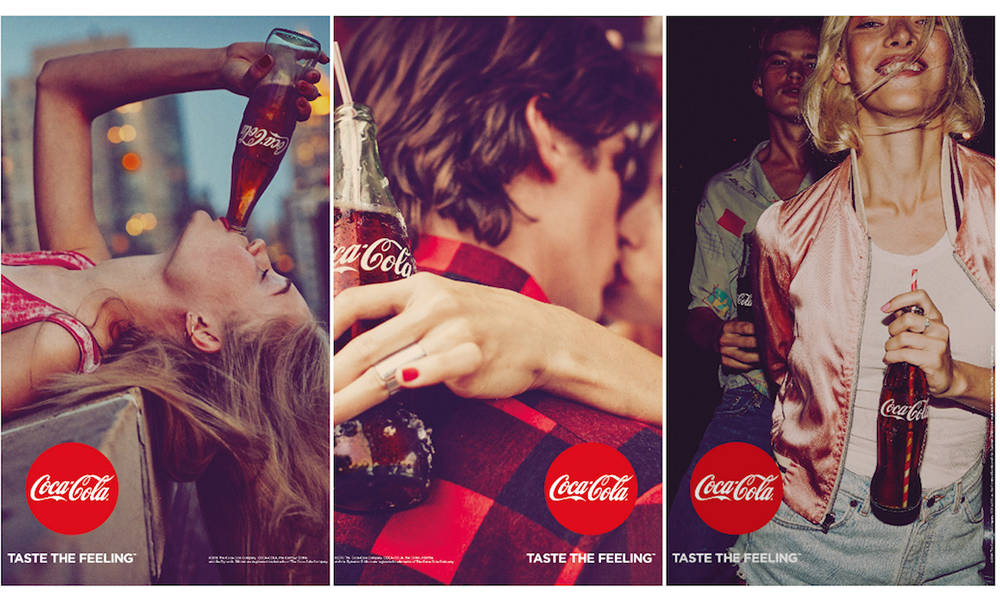How Instagram Is Changing the Way Brands Look at Photography, Online and Beyond
Call it the "Instagram Effect"—that filtered, shadowed, sharpened, brightened, tilted, faded, structured, saturated way of seeing life through a lens. It's changed the way people portray themselves and see others.
And it's having the same impact on brands.
Design teams are beginning to see the benefit of moving away from over-lit, over-staged and generally over-edited photography for their campaigns and instead are favoring a more organic (albeit filtered) look and feel that matches the medium—on Instagram itself, obviously, but also in print and across an array of other media.
"We kind of call it 'perfectly imperfect,'" said Nathan Iverson, evp and design director at Deutsch LA. "People will call you out pretty easily if your food looks overly propped or overly perfect because that's not how it is."
Iverson said Instagram certainly isn't pioneering the use of effects, but it is resurrecting and evolving an old-school aesthetic. Making a photo retro or over-saturated or pushed and electric was done long before computers came along. The difference now is that analytics allow for real-time analysis of which visual styles appeal to viewers, blending art with marketing science.
The discussion of the Instagram effect comes up often around the Deutsch office, Iverson said. The agency's designers, many of whom are millennials, have used Instagram for years but weren't around when photographers first experimented with visual techniques by hand.
"Instagram is not necessarily inventing anything new," he said. "What they're doing is tapping into old photographic techniques to give life back to photographs that not everybody had access to."



















0 comments:
Post a Comment